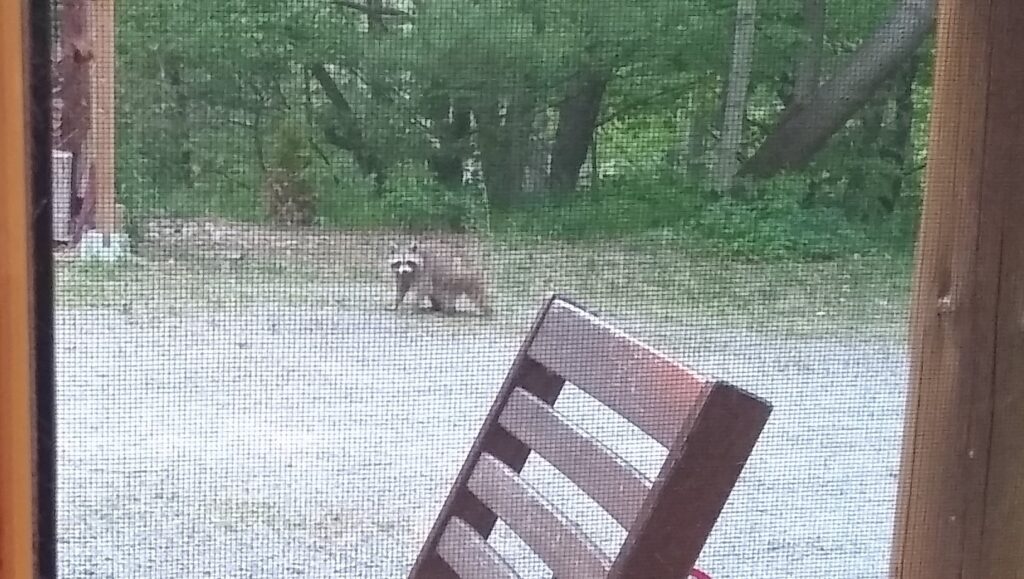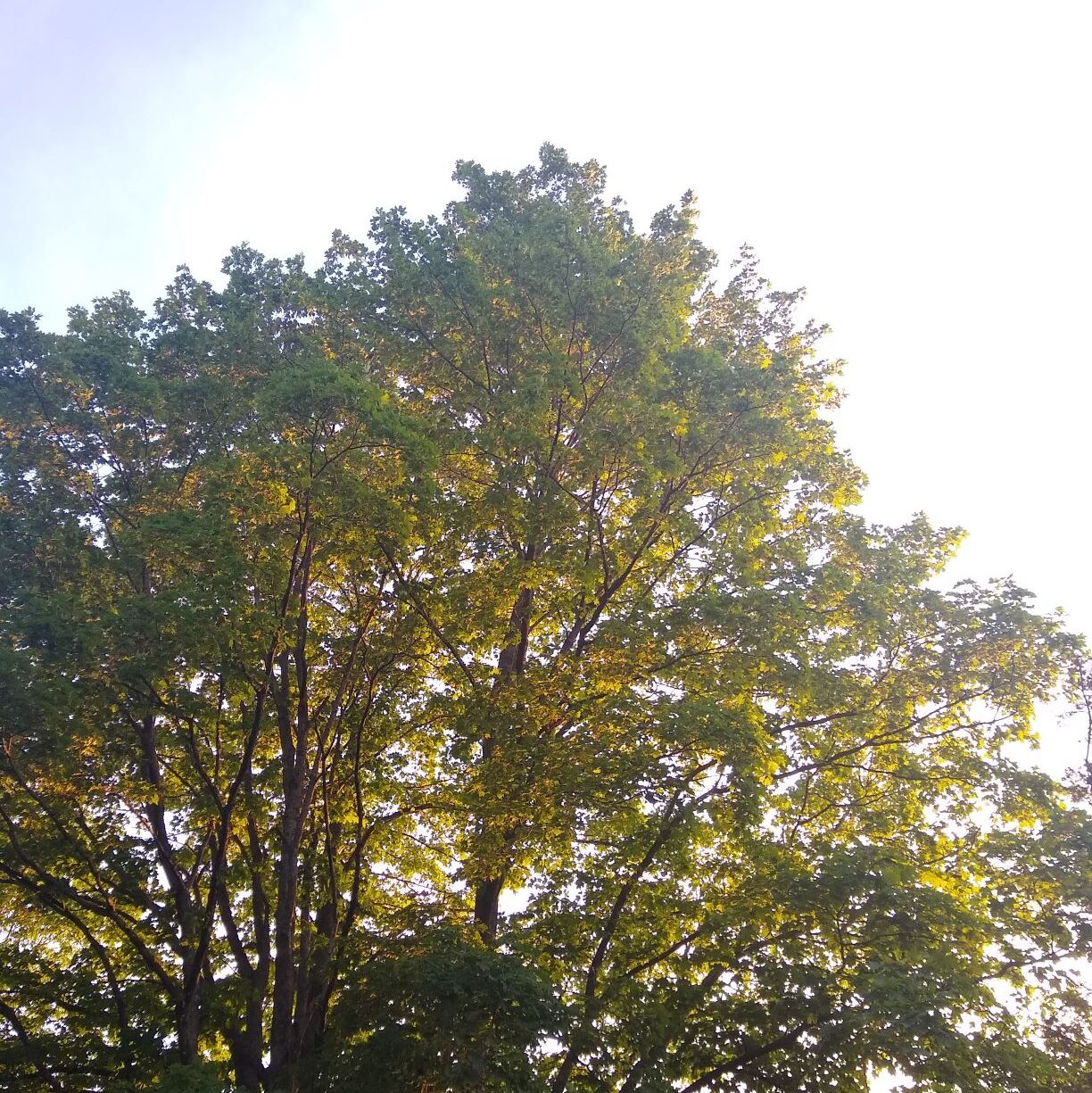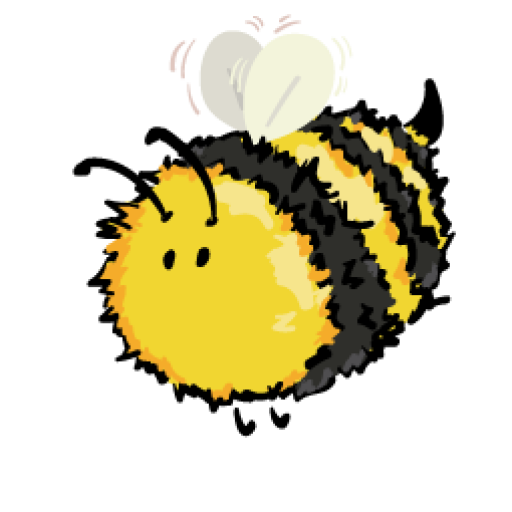We try to have days in balance here. I have a new policy that if I think I am too busy to go walk the woods, that is exactly when I have to go walk the woods. It turns out that it is just good math. Even a half hour “off the clock” and in the woods generates many hours of a much calmer, happier, more productive me.
Some days though, even with this policy enacted, I just can’t seem to find that half hour in my day, or the steep hill just looks a little too tall for a tired body.
I believe the world is made up of rich and complex interactions between life forms of all shapes and sizes. The wild worlds of microbiomes and mycelliums. Big and little worlds, in, on, and around us. But while I don’t think I believe the woods has a singular sentience that keeps an eye on us here, some days it certainly feels that way.
On the days we can’t or don’t make it up to the woods, nature has a tendency to send an emissary to us instead. “Look at this!” the world seems to shout, or whisper. Nudging something marvelous in our direction. When we don’t go to the woods, the woods comes to us.
Yesterday I was “too busy” and a raccoon wandered past my office window. This morning while I was on a call, a wild rabbit lay down languorously in the grass of the front garden, nibbling greens while recumbent and resting. A tiny long-eared greek god supping grapes off its chest.

Having chickens means we pop out to the garden a few times a day no matter how full the daily docket gets. And between tasks the other day, while swapping chicken waterers, I was buzzed by a good-sized (broad-winged?) hawk. It was not alone though. It was flying fast away from a pursuer! Which turned out to be… two robins. They were the literal vision of “hot on your tail”. Whatever the hawk’s original plans, the robins were having none of it.
Though this is an extremely common occurrence, little birds attacking big ones, I had never witnessed it before moving here. Though now I see it all the time. Tiny birds, birds we often classify as such a hawk’s “prey”, little winged timbits, dive-bombing a “predator” an order of magnitude larger than they are. And, surprisingly, astonishingly, the prey is winning.
It’s a subject I’ll likely come back to here again and again — these misconceptions of predator and prey. Of “good” animals and “bad” animals. Dangerous animals and tame animals. Clean animals and dirty animals… it goes on and on. I structured my understanding of the world around models that aren’t just out of date, not just expired, they were never true. Mama animals take care of the babies, dad animals get the food. Bears growl, bunnies are sweet, the tiny are afraid of the large. “Not so” the world keeps shouting at me here, “not so”. “Look, look, look and begin to see.”
Ask someone who works with bears and they will tell you that bears hardly ever growl. It’s just not how and when they vocalize. As Mike McIntosh who runs the bear rehabilitation centre Bear With Us put it: “They don’t make a lot of sounds that we often hear and think they make. Bears are usually only vocal when they’re either afraid or in pain. Most of the time they’re quiet”. The cartoon version, the scary bear in the movie, it’s not just a caricature, it’s a lie. Like the lemmings who were dumped over the cliff in the fake-umentary that shaped all our understanding of those rodents, it was not is not never was true. Sweet little rabbits will rip each other’s fur out in territory disputes. Father birds will sit on eggs, mothers will build nests. We either just didn’t look, or didn’t see.
This evening we were having dinner when the character of the birdsong out the window suddenly changed, like someone had abruptly clicked to the next song, mid-track. I looked out the window and saw a fine feathered kerfuffle unfolding in the large maple in our yard. A sizeable hawk was perched on a branch, but not for long. It was being pelted at all angles by tiny birds. A variety of tiny birds it seemed. Nearby nesting moms and pops and various bystanders were having none of this large predator in their midst.

It is not uncommon to see a group of blackbirds or swallows chasing a hawk or eagle, or a group of songbirds fluttering and calling around a perched owl. Such “mobbing” behavior is probably the most frequently observed overt antipredator strategy. Nevertheless, the exact purpose of such noisy group demonstrations remains a matter of some debate.
…one function of mobbing may be educational–to teach young birds… Another may be to alert other birds to the presence of the predator, either getting them to join in the mobbing or protecting them, since a predator is unlikely to be able to sneak up on an alert victim.
Much is lacking in our understanding of mobbing. It is not clear why predators don’t simply turn on their tormentors and snatch up one or two of the mobbing birds. If they did, presumably mobbing would quickly disappear; that it persists suggests that surprise is an essential element in raptor hunting.
The Birder’s Handbook by Paul R. Ehrlich, David S. Dobkin, and Darryl Wheye
I won’t end here though on the victory of the tiny birds over the big mean hawk. Though David and Goliath stories stir the soul, no one is the villain in their own story, and the tale is of course different from Goliath’s perspective. A “predator” has its own beautiful babies to feed. Its own soaring life to support. Life-Death-Life, around and around we go. The fierce and the delicate, wrapped up in one package.
A world without good and bad guys, without roaring bears and ever-sweet bunnies is a confusing place to be. Up is down, down is up and your generalizations won’t save you now. But the truth, it turns out, is so much stranger than fiction. So much more interesting. So much more beautiful and compelling and frightening and hopeful. Look look look, and begin to see.
~Kate

